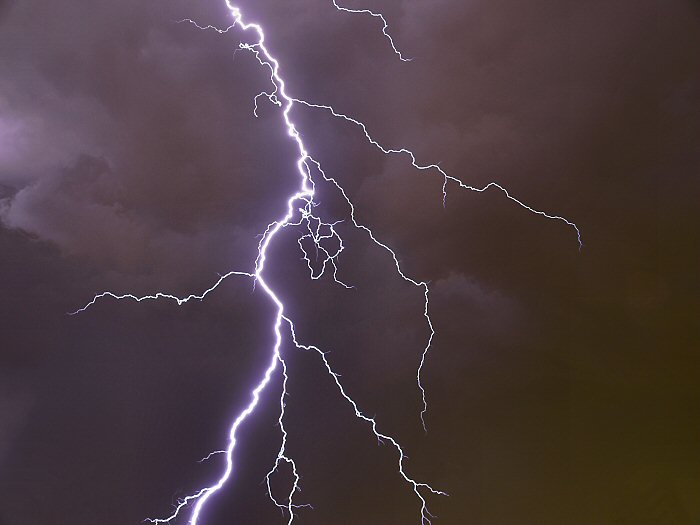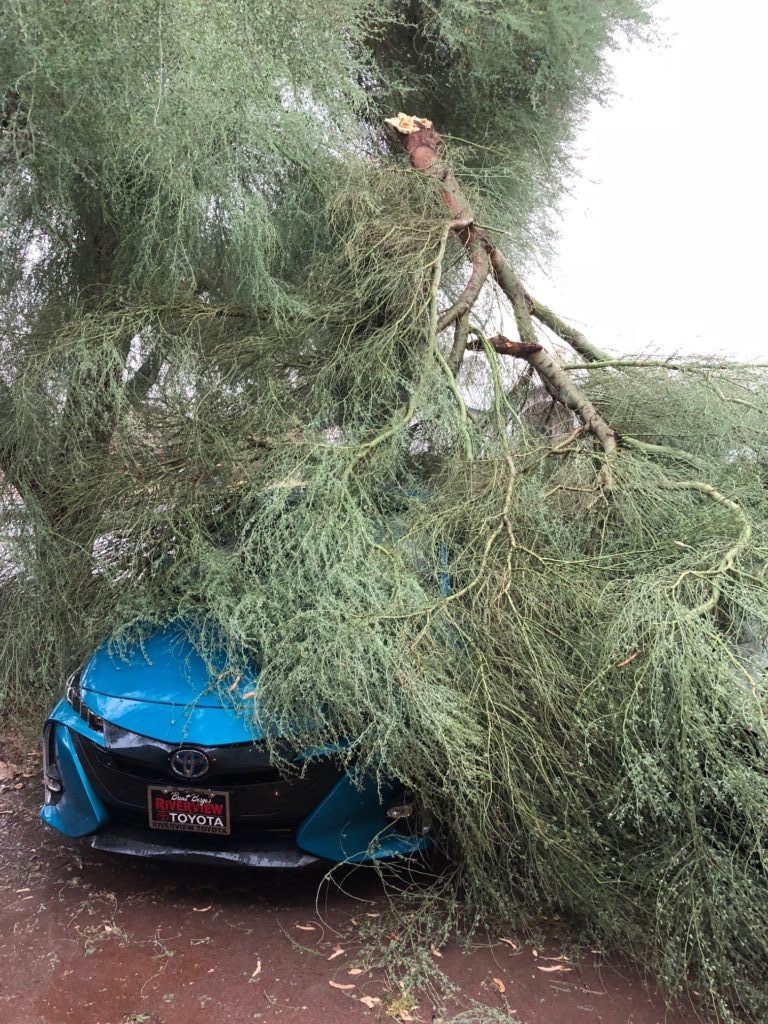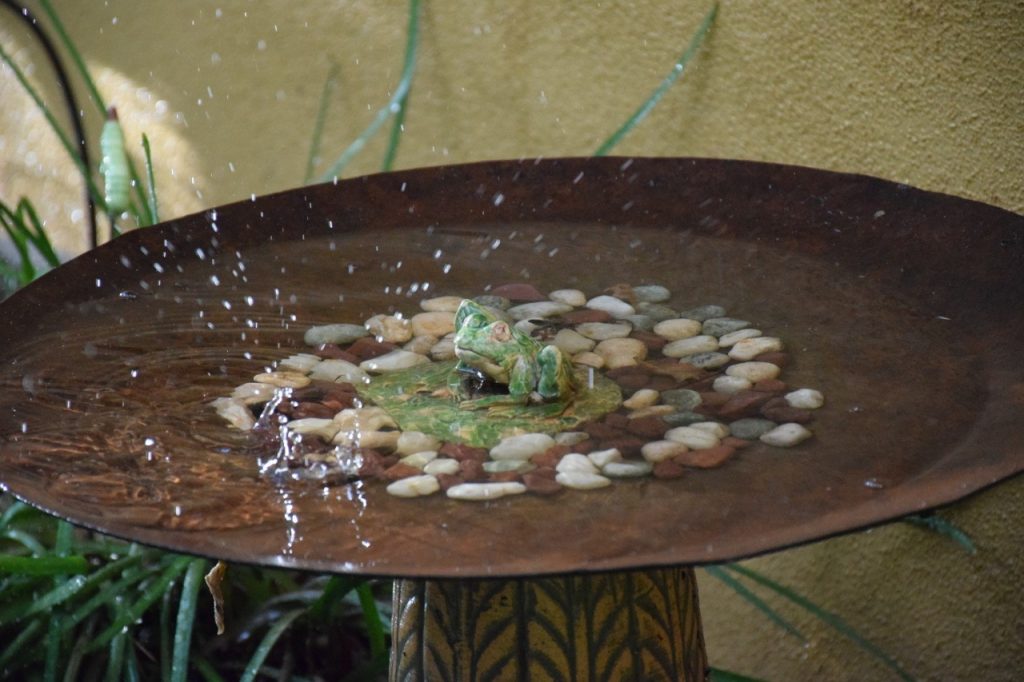Here in Arizona, the monsoon season officially runs from June 15 to September 30, but summer storms often don’t move in until July. When it does hit, it’s time to lower the shade umbrellas and batten down the hatches. Powerful storms can roll in bringing downpours, wind, hail, dust, microbursts, haboobs … you get the idea. While we love them–but slightly fear them–here are five important tips to consider for your landscape:
1. Collect Rainwater
Rainwater is a clean, salt-free source of water that contains many beneficial ingredients for plants. Did you know that a typical home rooftop can collect about 500 gallons of water from just ½” of rain? Here’s our advice:
- Direct rainwater to your plants, not the street. Learn more about rainwater harvesting.
- Turn off your controller if you get ½” of rain or more and skip one irrigation cycle. If you don’t have a rain sensor connected to your controller, you can use the ‘off’ ‘stop’ or ‘rain’ setting on the controller to stop the watering cycle without disturbing your programs.
- Get a rain gauge since rainfall amounts vary so greatly around the Valley. Or, to find rainfall readings closer to your neighborhood, visit rainlog.org to see what your neighborhood weather watchers have measured, or find readings from the Maricopa County Flood Control rainfall data maps.
2. Don’t Overwater
You feel a lot hotter during monsoon season because of the higher humidity. But our landscape water needs go down during monsoon season for these reasons:

- With higher humidity, plants and the surrounding soil lose less to evaporation.
- After June 21 (the longest day of the year), our days gradually get shorter.
- Don’t forget tip number 1 above … Hopefully, you’re getting rain!
3. Plan for Power Outages
If your controller has battery backup power, be sure to replace the battery annually so that when the power goes out, you don’t lose your programs. The default factory setting typically runs each valve for 10 minutes each day when you lose the programming.
4. Delay the Spray
Insect or weed sprays and even fertilizers can pollute our natural areas. As such, don’t use these products if monsoon activity is expected as it can wash the chemicals from your yard into city storm drains. This water gets no treatment and may ultimately drain into washes, lakes, retention basins, parks, and even make its way into the Salt and Gila rivers.

5. Prepare Plants and Trees
Okay, I want to be realistic. I’ve seen trees and other plants heavily damaged or even snapped off at the ground from microbursts and strong winds. There’s nothing that can be done if they are hit with so much force. However, as they say, the best defense is a good offense. Keep your plants and trees healthy and follow these guidelines:
- Water deeply but infrequently to establish a strong root system.
- Don’t over-fertilize or overwater as it can cause excessive top growth.
- Leave lower branches on trees and shrubs so the wind blows OVER them … not under their canopy. In other words, don’t prune your trees to look like umbrellas.
- Thinning of trees is often recommended by well-meaning professionals. However, it is stressful for your trees and is often overdone. Trees respond with a new flush of growth that may be weakly attached, requires the use of more water, and causes more wind resistance. Find more on this topic in the first article listed below.
Here are some other helpful articles:
- Save Your Trees from Monsoon Damage
- Monsoon Season: 5 Common Landscape Mistakes
- Top 5 Reasons to Collect Rainwater for Your Landscape
Want to celebrate the monsoon season with some storm-related songs? Check out our Monsoon Melodies playlist on Spotify:
Donna DiFrancesco is a Conservation Coordinator with the City of Mesa, AZ, one of nineteen Water– Use It Wisely partners to offer water-saving advice and programs.


